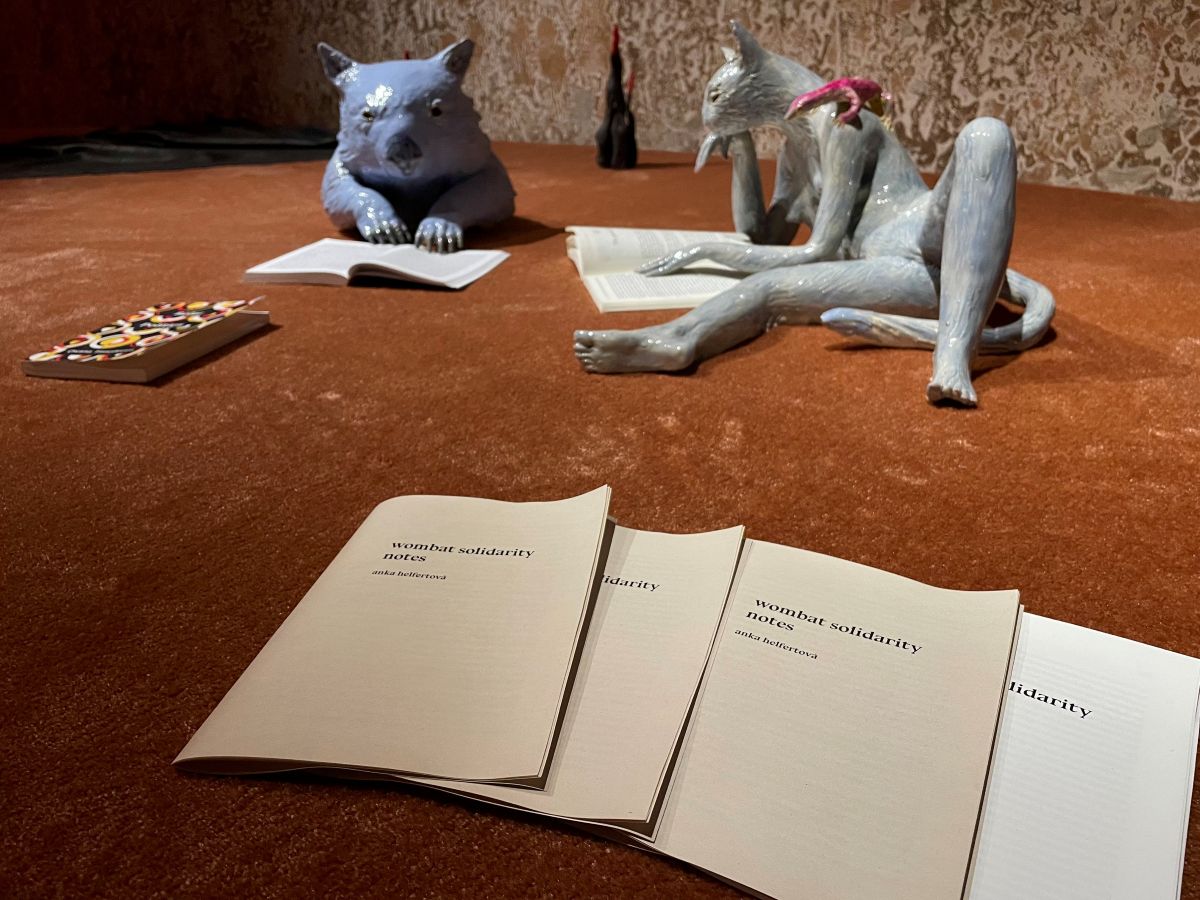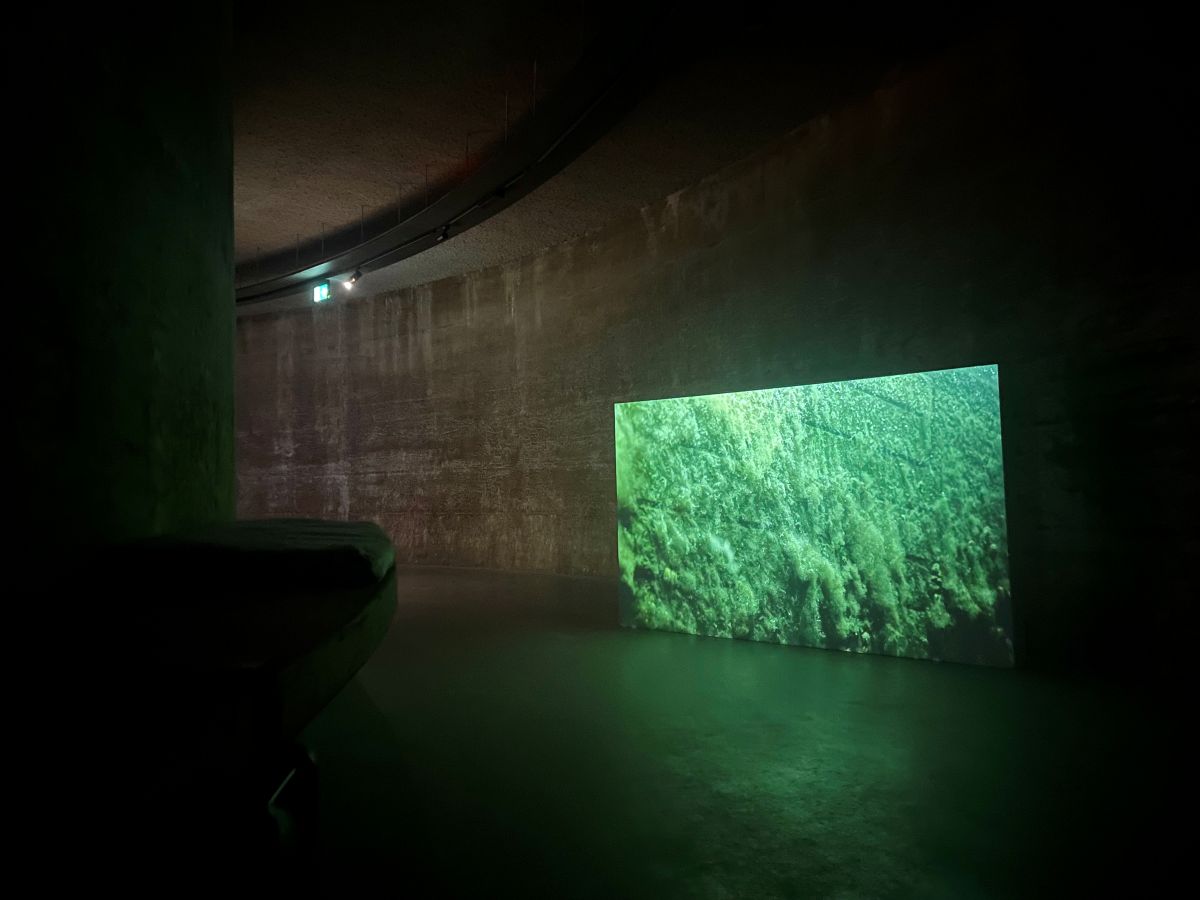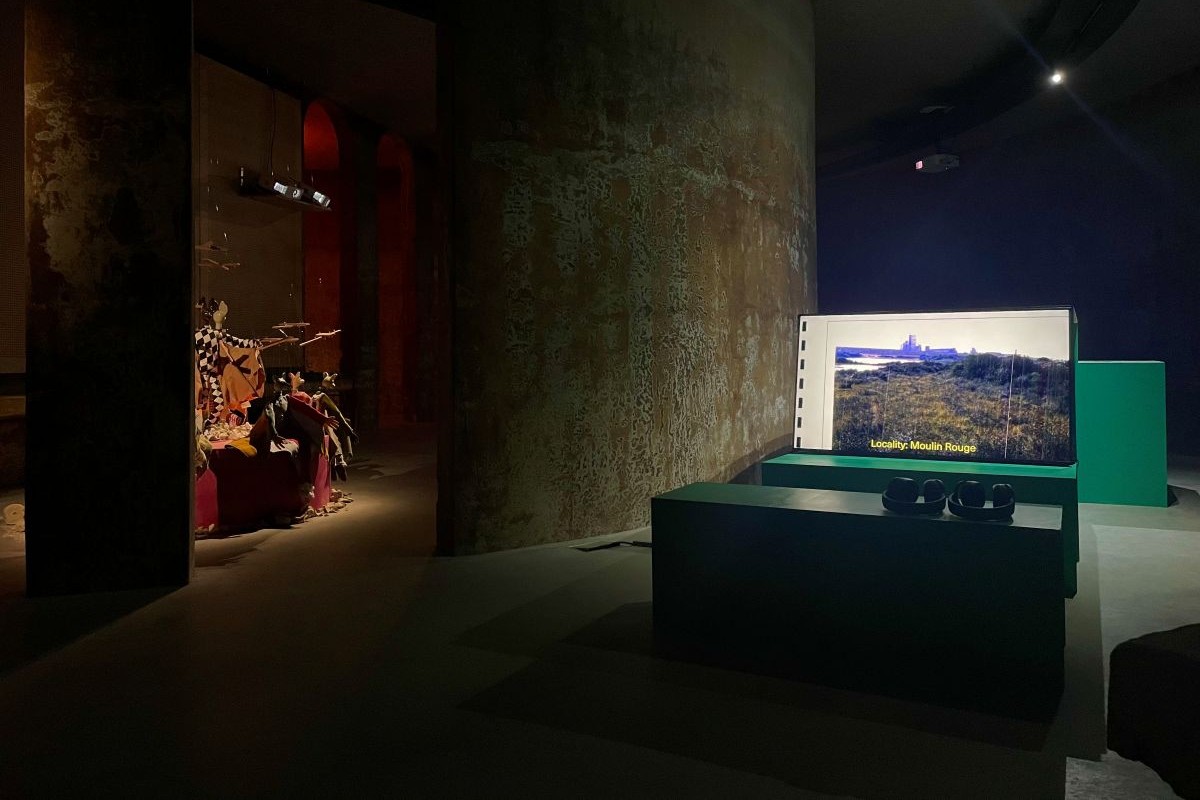THE OPEN GARDEN & MORE-THAN-HUMAN ENCOUNTERS
Through the Open Garden, among other solutions, we explore the various assemblages that constitute our connection with and thinking about the more-than-human companions. When we think about assemblages, we point to the interrelation of beings – animate and inanimate, human and non-human.
Within such interrelations, all the different elements constitute one another and have the power to influence and change each other. This prompts us to see that cultural heritage – and food heritage at the same time – are always in change. We look for such prompts and possibilities of entering different assemblages ourselves at art exhibitions.
This time the exhibition at RADIUS Center for Contemporary Art and Ecology attracted our attention. The exhibition was the first chapter of their year programme “Beyond Political Limits,” an assemblage of works by 13 artists/artist collectives that explored the notion of multispieces worlds and the question of “who benefits when species meet?” (link).
Through its year programme, RADIUS aims to, through “observation, fieldwork, reflection and imagination”, experiment with offering a different language, one that would critically and yet affirmatively point to the failings of existing conditions that have proven unable to address climate change.
The assemblage of artworks in the former water reservoir that RADIUS has found as its home addressed a set of pressing issues and questions, and appealed to the questions we are addressing in CONVIVIUM as well. How can we identify and recognise the multispieces worlds? How can we ensure that more-than-human life forms are given voice in politics? How can we rethink the relationship between the representative and the represented, and how can the notion of collective engagement be helpful here? How can we, critically and affirmatively, address the deceit behind the distinction between ‘nature’ and ‘culture’? How do we begin to think of ourselves as part of multispecies communities, and how can we become more attuned to the existing and emerging communities around us?
Most importantly, the exhibition stressed the following: we are accountable for how the world we are living in is created and what it ends up looking like. That sounds like a valuable incentive for us.






